How does an air purifier work?
Air purifier operating principle – is one. Air set in motion by the fan passes through a system of filters and purified air is released to the outside. In most air purifiers on the market, the polluted air is drawn in at the side or rear of the air purifier, and the filtered air is released at the top. This ensures good air circulation in the room, thus better cleaning of the air.
NOTE: Due to air circulation and air flow, one air purifier is recommended for one room. Do not purchase a higher capacity air purifier with two rooms in mind, as air circulation will not be optimal and the unit will not be able to properly filter the air.

Air purifier filtration stages
In an air purifier, the polluted air first passes through a pre-filter. It is responsible for filtering out the biggest dirt clusters, dust and hair, thus protecting the other filters from premature wear.
The next filter, through which the air passes is the carbon filter, which absorbs Volatile Organic Compounds (VOCs) and unpleasant odors. The last stage of filtration is the HEPA filter. It stops the smallest contaminants at almost 100% efficiency. The quality of purification depends on the quality of each of these filters, which is worth paying attention to when choosing an air purifier for yourself.
NOTE: When choosing a HEPA filter (High Efficiency Particulate Air Filter), we can refer to their classification. The higher it is, the higher the degree of filtration. The most common filters found in air purifiers are EPA (Efficiency Particulate Air) class E12 (commonly called H12), or high efficiency H13 (the letter H stands for High). Even E12 (H12) rated filters remove ≥ 99.95% of pollutants. For more demanding users, we recommend an air purifier with a filter class H13 that achieves an efficiency of ≥ 99.97 %.
The situation is slightly different in the case of active carbon filters. Here, the more the better. The thickness of the active carbon layer is also important, as the thicker the layer, the greater the air contact with the surface of the carbon.
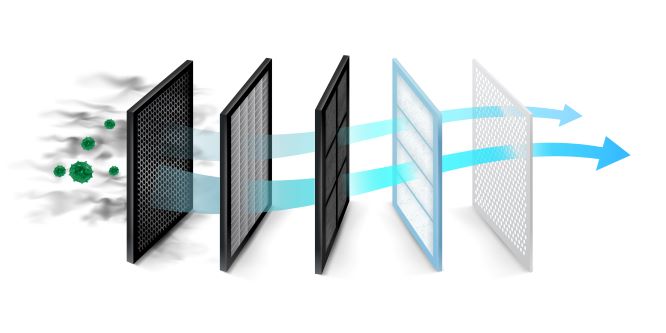
Sensors that react to changes in air quality
Other important elements that affect the performance of air purifiers are the sensors that measure air quality and the light sensor. Check what sensors the chosen model has because it will depend on how it works, how fast it reacts and the accuracy of the automatic mode. Properly working automatic mode will ensure rapid removal of the resulting pollution, and then the device goes into silent mode, and also ecological. Higher accuracy, faster response to changing air quality is provided by a laser sensor, so it is worth investing in an air purifier that has it.
Fan – a key component of the air purifier
An important element that affects the performance of an air purifier is the fan. A modern one will guarantee quiet, efficient and trouble-free operation while consuming minimal energy. This will be appreciated by those who plan to use the air purifier in the children’s room or bedroom. Even a slight humming sound can make it difficult to fall asleep, so it is worth investing in air purifiers that generate what is known as white noise. The steady sound produced by the air purifier will not only not disturb, but may even make it easier to fall asleep.
Choose how to operate your air purifier
It’s also worth paying attention to how you operate it. Whether the model you choose is intuitive, whether there are basic buttons on the casing, such as mode selection, fan speed, whether there is information about air quality, the need to change filters, whether you can turn off the backlight. Users who expect more should choose an air purifier equipped with a WiFi module that allows you to control the device and read the operating parameters and air quality on your phone or tablet.
Cleaning the purifier is also needed
The last but equally important element related to the performance of our device is the cleaning method. The filters used in air purifiers generally last very long – about 12 months. The air purifier will work efficiently, but it is necessary to change them periodically, so you should also check whether you can do it yourself and whether it is intuitive. It is also worth checking if you can wash the pre-filter, or if you can additionally remove the air inlet and outlet panels, which become dirty over time and can be tricky to clean.
You already know how air purifiers work. When choosing a model, remember to pay attention to its performance (recommended room size), the filter system used and its quality, the way and possibility of handling.
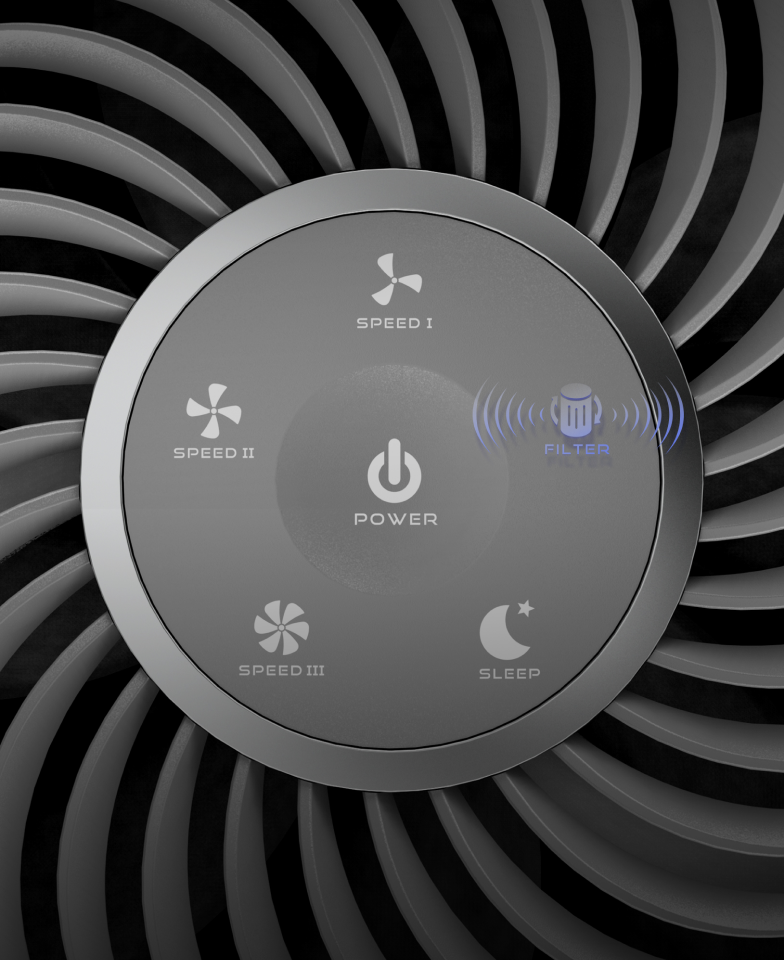
Air purifier and energy consumption
The functions discussed above, such as operating modes and automatic program, greatly reduce the power consumption of the air purifier. The average power consumption in normal mode should be between 15-20 W. In night mode, this value should be less than 10 watts, while in maximum mode it may even be twice as high as in normal mode. Keep in mind, however, that this program is usually used only temporarily.

If you want to experience what it’s like to breathe real clean air, check out our AENO purifiers:
https://aeno.com/category/air-treatment/air-purifiers
Want to BUY this product?
Check out retailer list for your country.

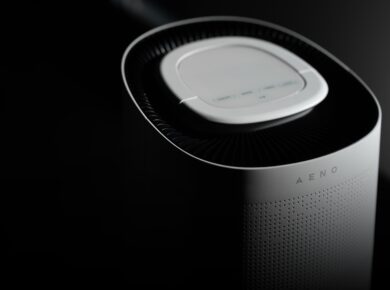
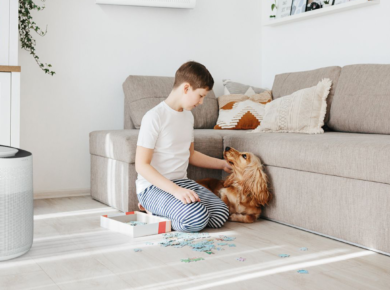




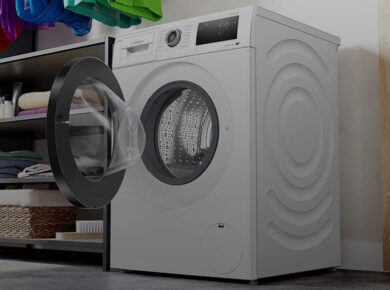

5 comments
Good topic, thank you for sharing this. Can’t wait to read more of your posts.
Exploring the intricate workings of air purifiers on your website was enlightening! The comprehensive insights into the principles behind these devices truly enhance our understanding. As someone who’s always on the lookout for the best air purifiers, I appreciate the depth of information provided here. The Best Air Purifier anchor seamlessly connects to my quest for optimal air quality. Kudos to AENO for shedding light on this vital aspect of our well-being!
Investing in an air purifier is crucial for safeguarding your health. With rising pollution levels and indoor contaminants, ensuring clean air at home is essential for respiratory well-being and overall health.
This post does a fantastic job explaining how air purifiers work! I appreciate the clear breakdown of the principles behind them, making it easy for anyone to understand. The information about the different filtration systems is especially helpful for choosing the right purifier for your needs. It’s great to learn how these devices can improve indoor air quality and overall health. Thank you for providing such valuable insights!
I can definitely vouch for the importance of understanding how air purifiers function—especially when it comes to airflow and proper sizing. One key takeaway from the article is that air circulation is just as important as filtration. I’ve seen homeowners make the mistake of buying a large-capacity purifier thinking it’ll cover multiple rooms, but in reality, poor circulation means you’re not getting effective filtration. Also, the breakdown of the filter stages—pre-filter, carbon, and HEPA—is spot on. I always recommend HEPA H13 filters for clients with allergies or asthma. And don’t overlook sensor quality or fan noise—those features can make or break your long-term experience with the unit.